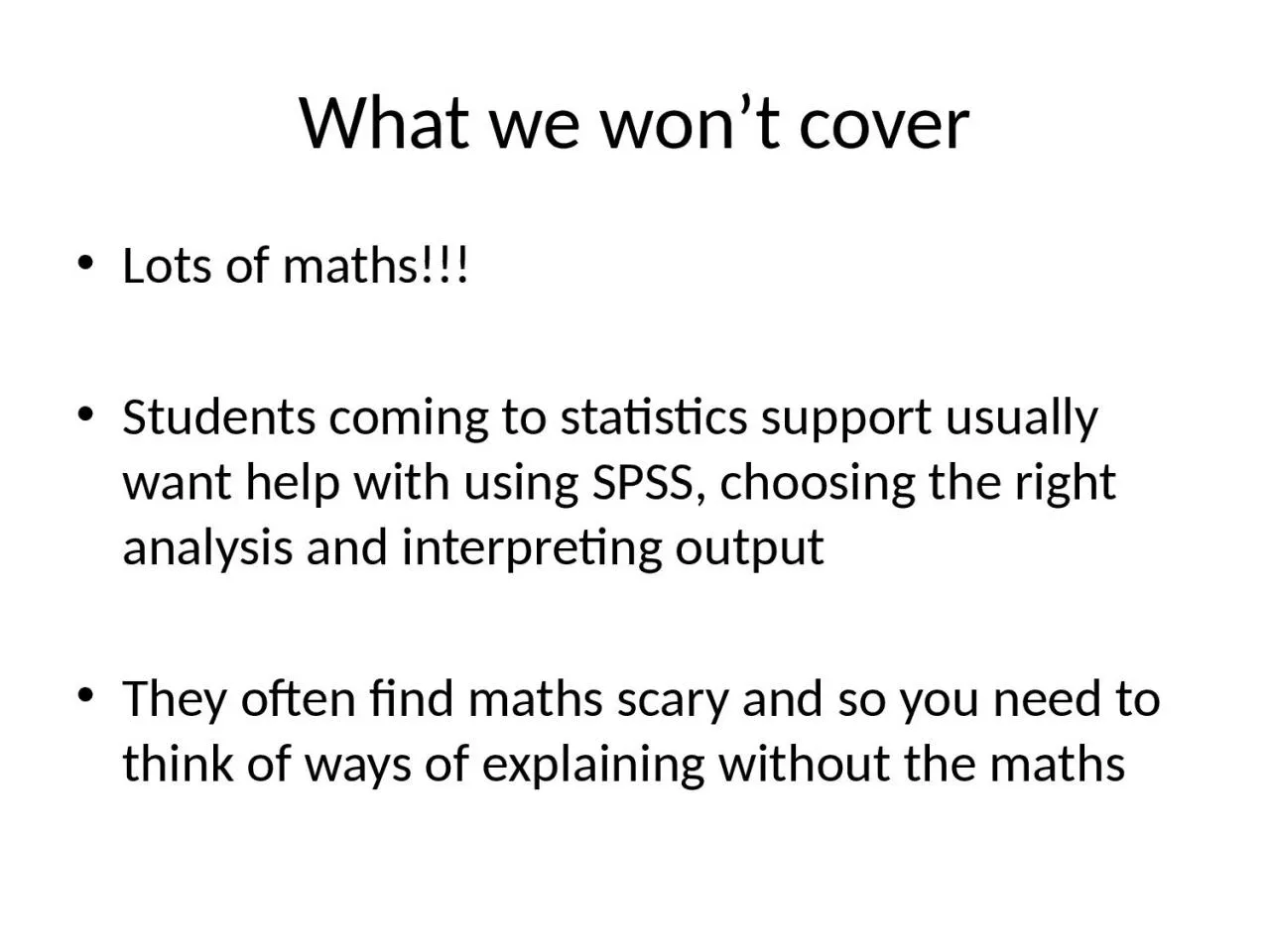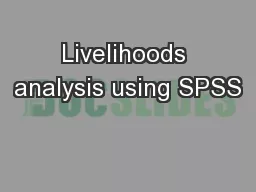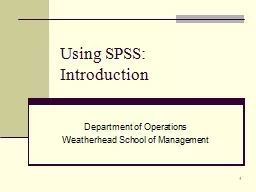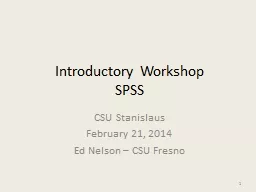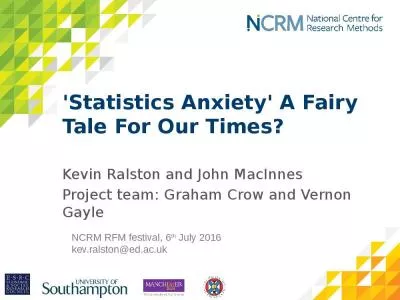PPT-Lots of maths!!! Students coming to statistics support usually want help with using SPSS,
Author : fauna | Published Date : 2024-03-13
They often find maths scary and so you need to think of ways of explaining without the maths What we wont cover DATA the answers to questions or measurements from
Presentation Embed Code
Download Presentation
Download Presentation The PPT/PDF document "Lots of maths!!! Students coming to stat..." is the property of its rightful owner. Permission is granted to download and print the materials on this website for personal, non-commercial use only, and to display it on your personal computer provided you do not modify the materials and that you retain all copyright notices contained in the materials. By downloading content from our website, you accept the terms of this agreement.
Lots of maths!!! Students coming to statistics support usually want help with using SPSS,: Transcript
Download Rules Of Document
"Lots of maths!!! Students coming to statistics support usually want help with using SPSS,"The content belongs to its owner. You may download and print it for personal use, without modification, and keep all copyright notices. By downloading, you agree to these terms.
Related Documents

